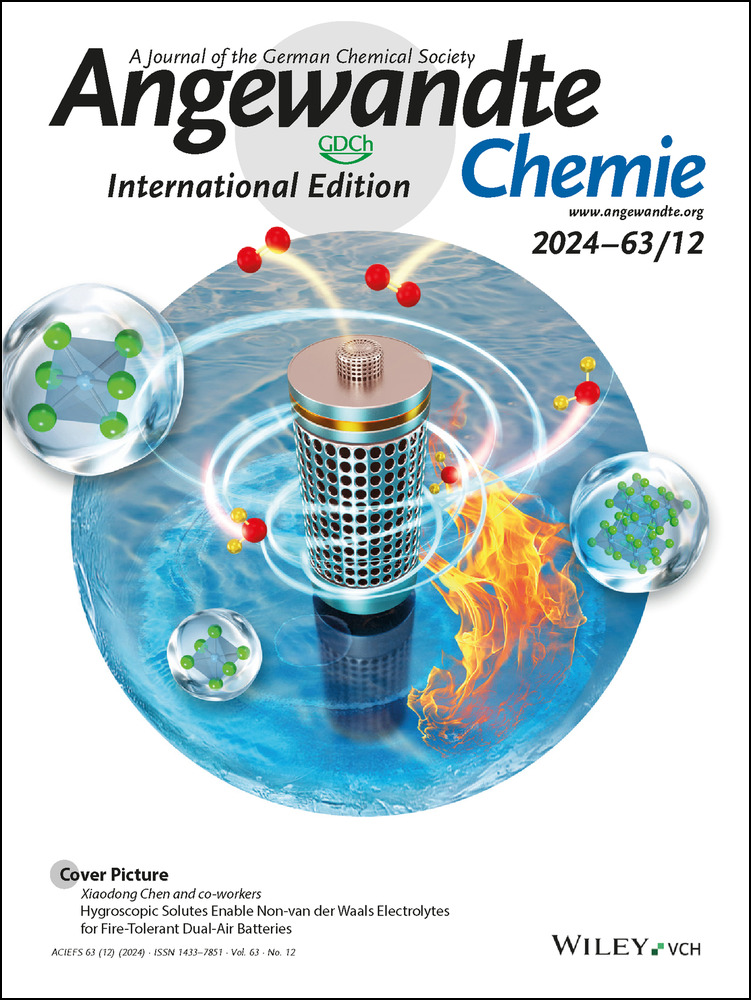Photoswitchable PROTACs for Reversible and Spatiotemporal Regulation of NAMPT and NAD+
Graphical Abstract
The first activator-based photoswitchable proteolysis-targeting chimera (PS-PROTAC) was developed for the optical control of NAMPT and NAD+ in biological systems. The novel PS-PROTAC enabled the reversible regulation of NAMPT and NAD+, resulting in a significant reduction in target-related toxicity compared to conventional NAMPT degraders or inhibitors. Furthermore, PS-PROTAC allowed for the in vivo optical manipulation of antitumor activity, NAMPT, and NAD+.
Abstract
Nicotinamide adenine dinucleotide (NAD+) is an essential coenzyme with diverse biological functions in DNA synthesis. Nicotinamide phosphoribosyltransferase (NAMPT) is a key rate-limiting enzyme involved in NAD+ biosynthesis in mammals. We developed the first chemical tool for optical control of NAMPT and NAD+ in biological systems using photoswitchable proteolysis-targeting chimeras (PS-PROTACs). An NAMPT activator and dimethylpyrazolazobenzene photoswitch were used to design highly efficient PS-PROTACs, enabling up- and down-reversible regulation of NAMPT and NAD+ in a light-dependent manner and reducing the toxicity associated with inhibitor-based PS-PROTACs. PS-PROTAC was activated under 620 nm irradiation, realizing in vivo optical manipulation of antitumor activity, NAMPT, and NAD+.
Conflict of interests
The authors declare no conflict of interest.
Open Research
Data Availability Statement
The data that support the findings of this study are available in the supplementary material of this article.





